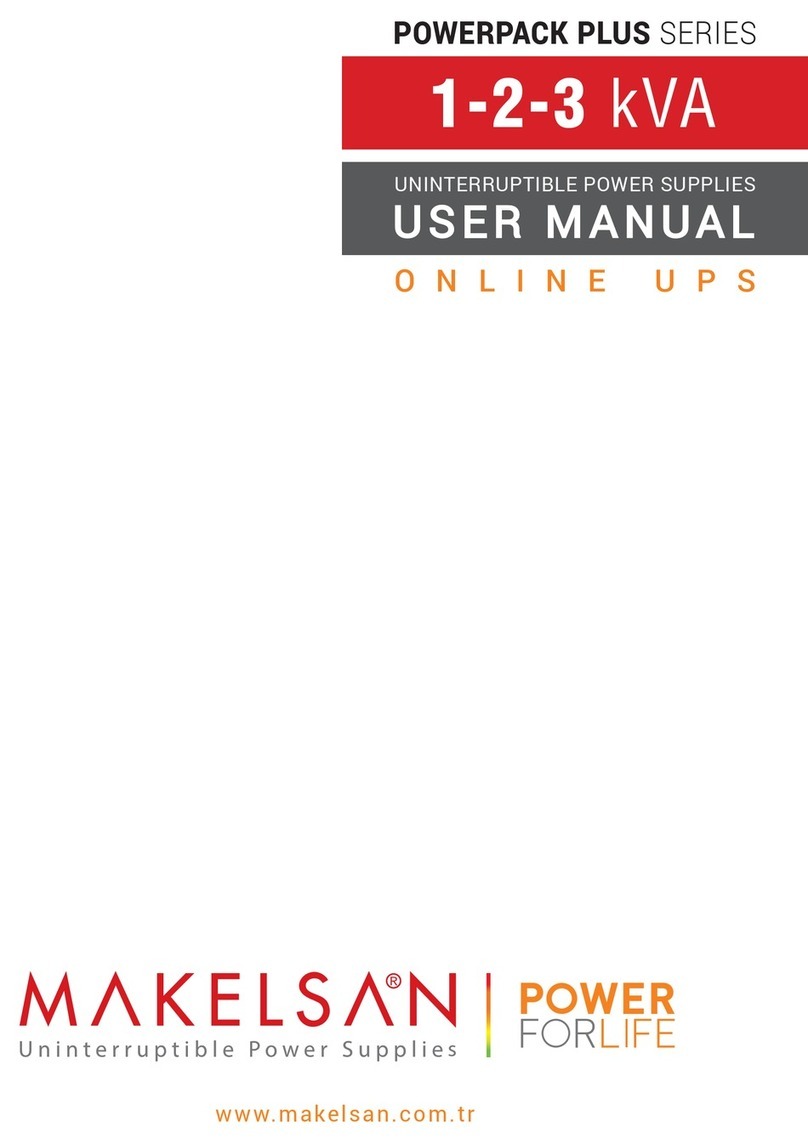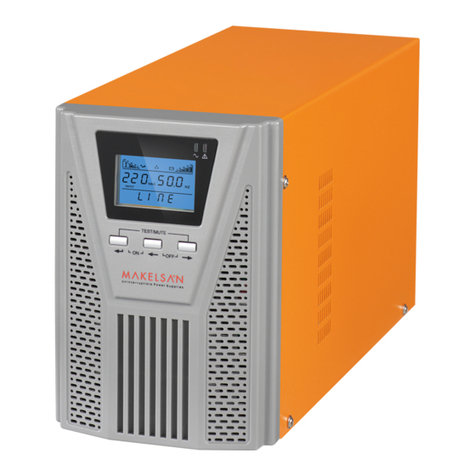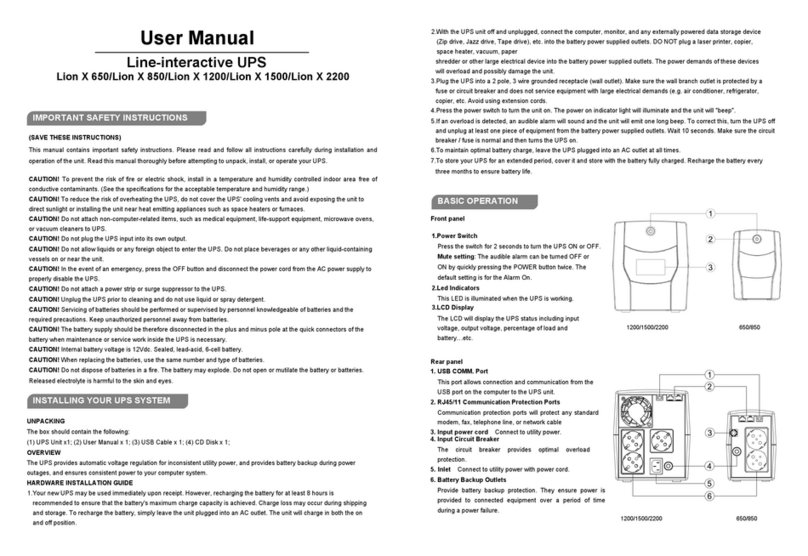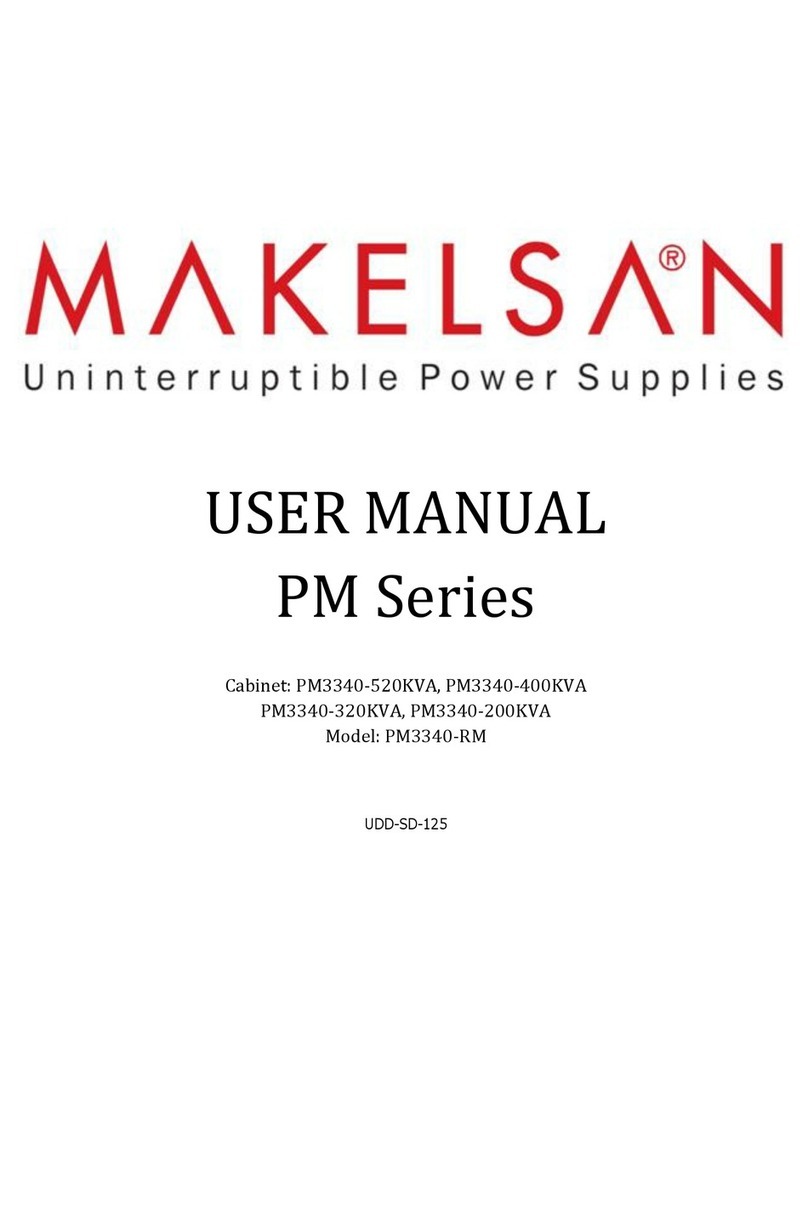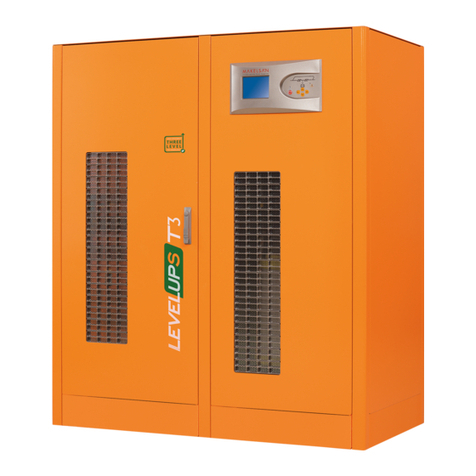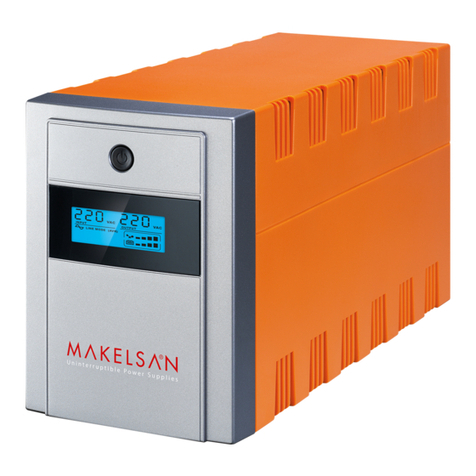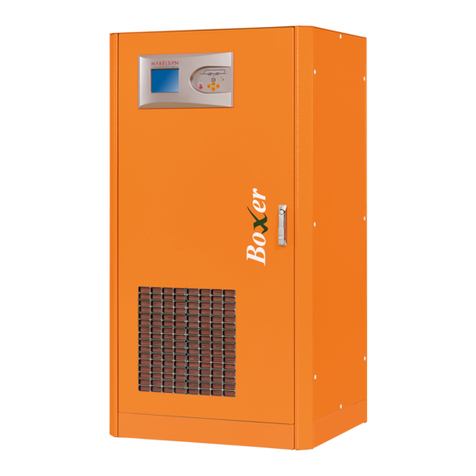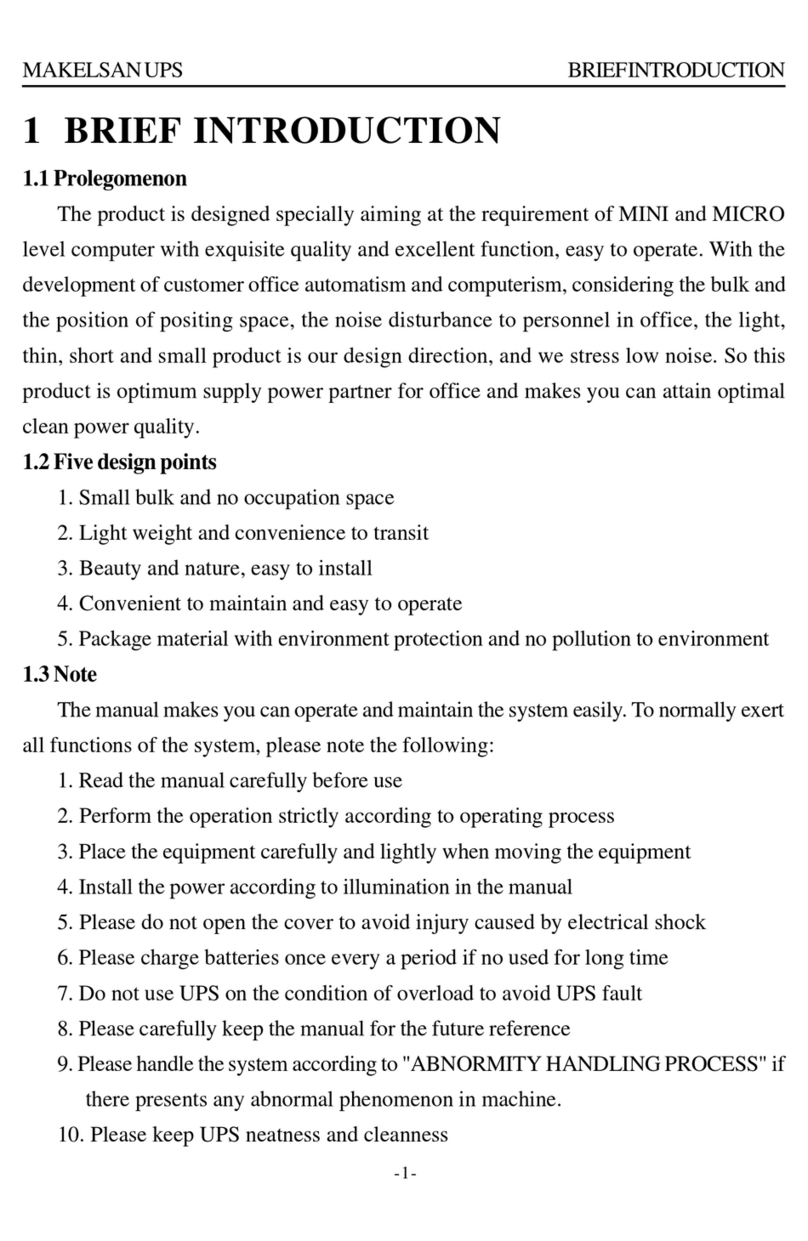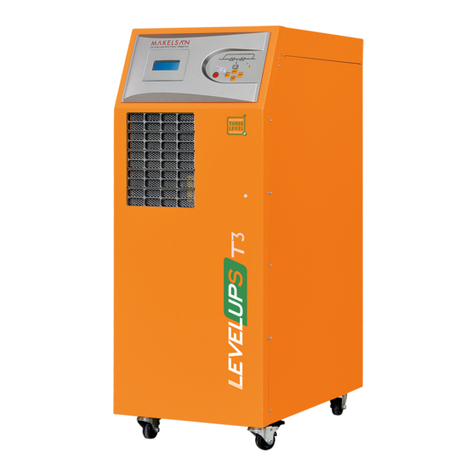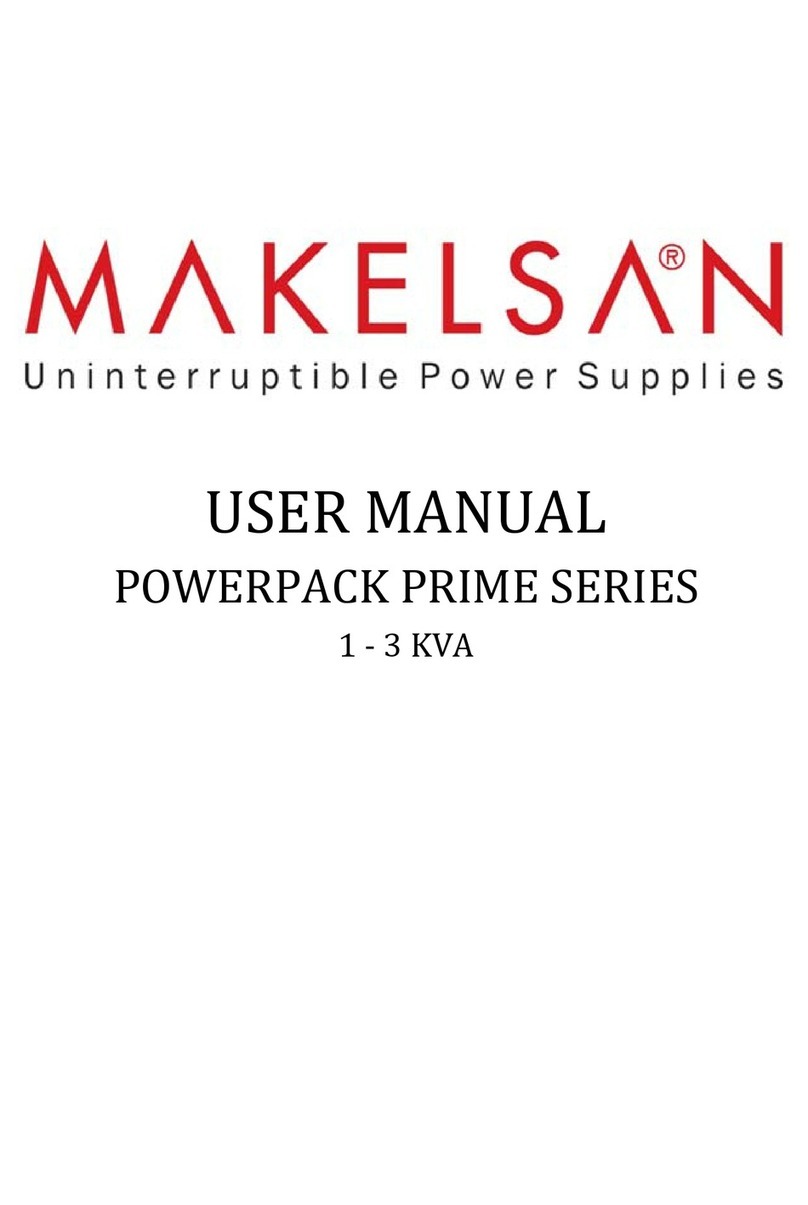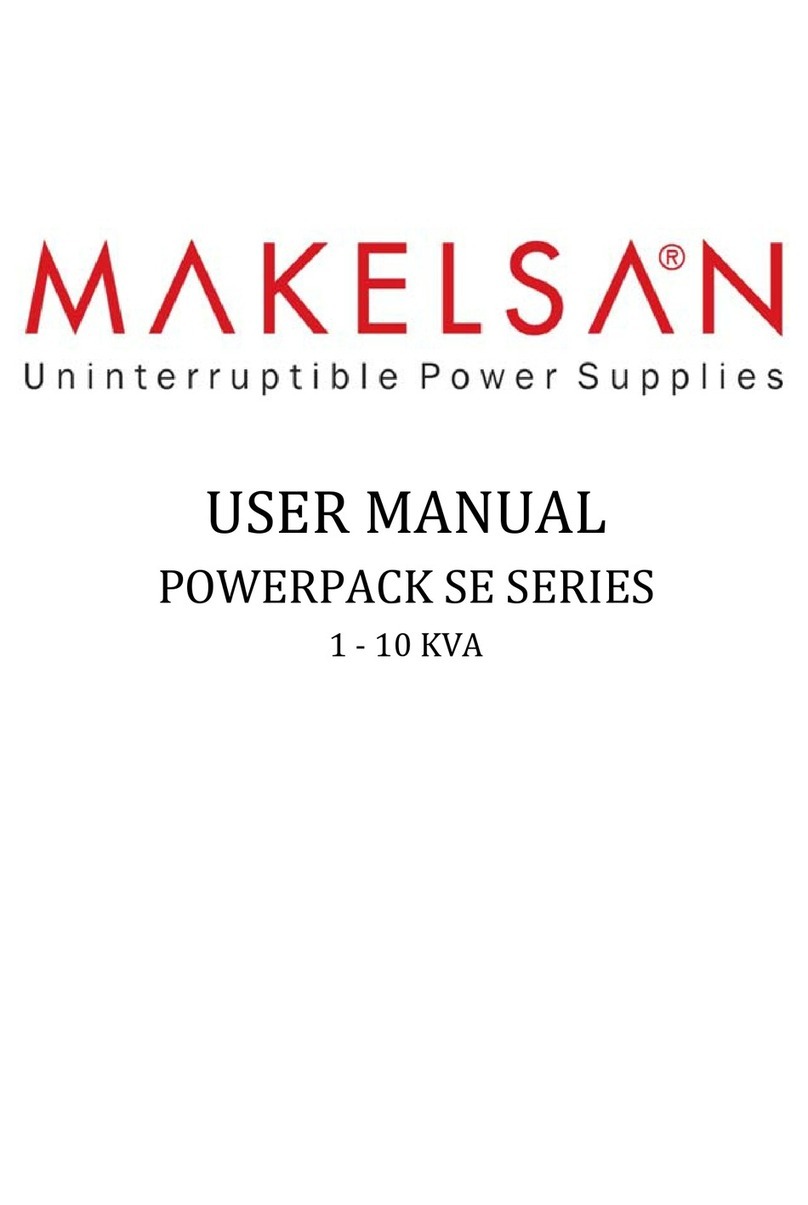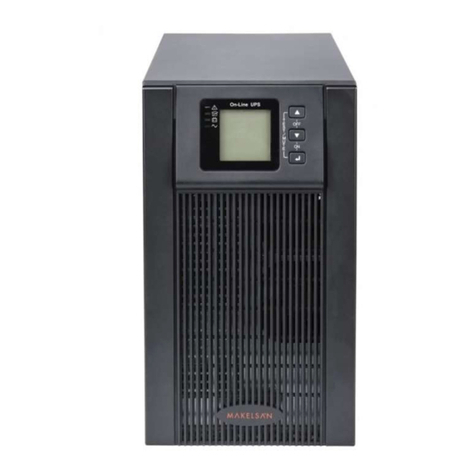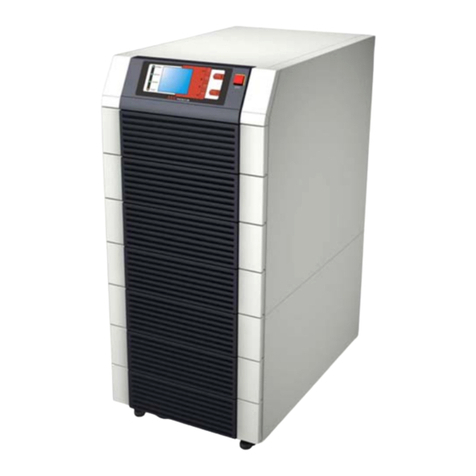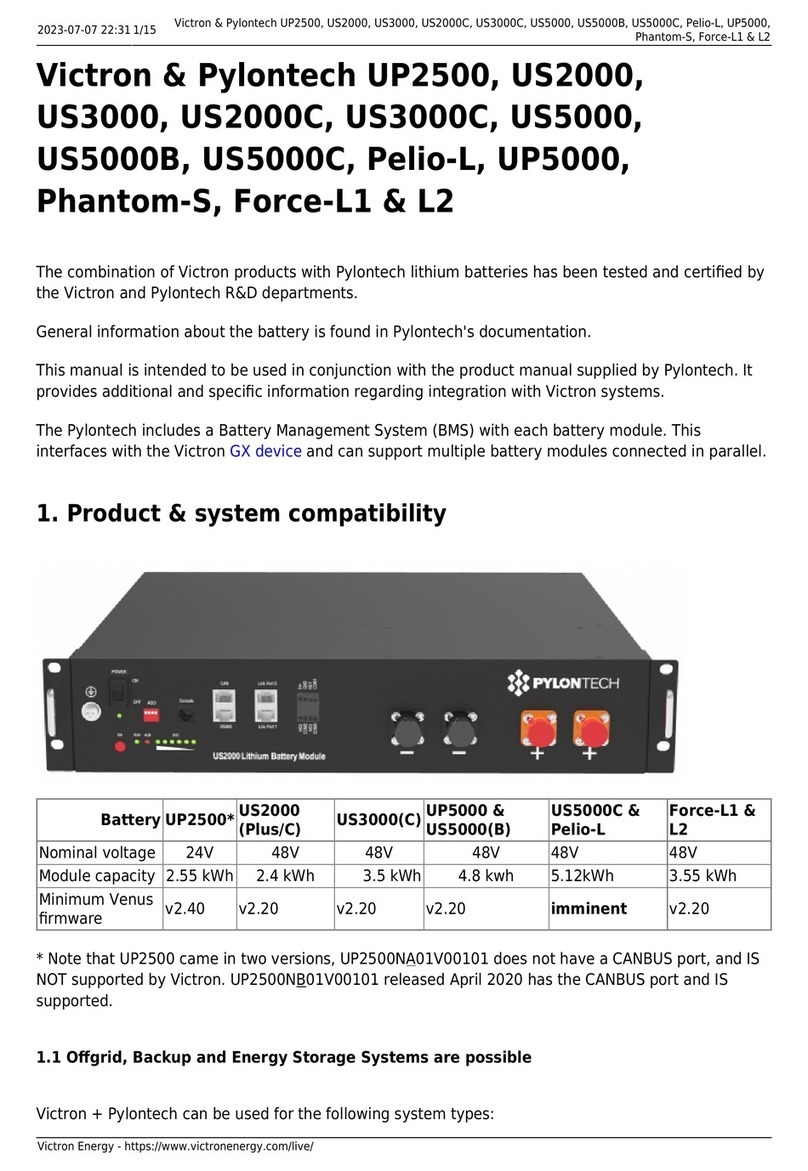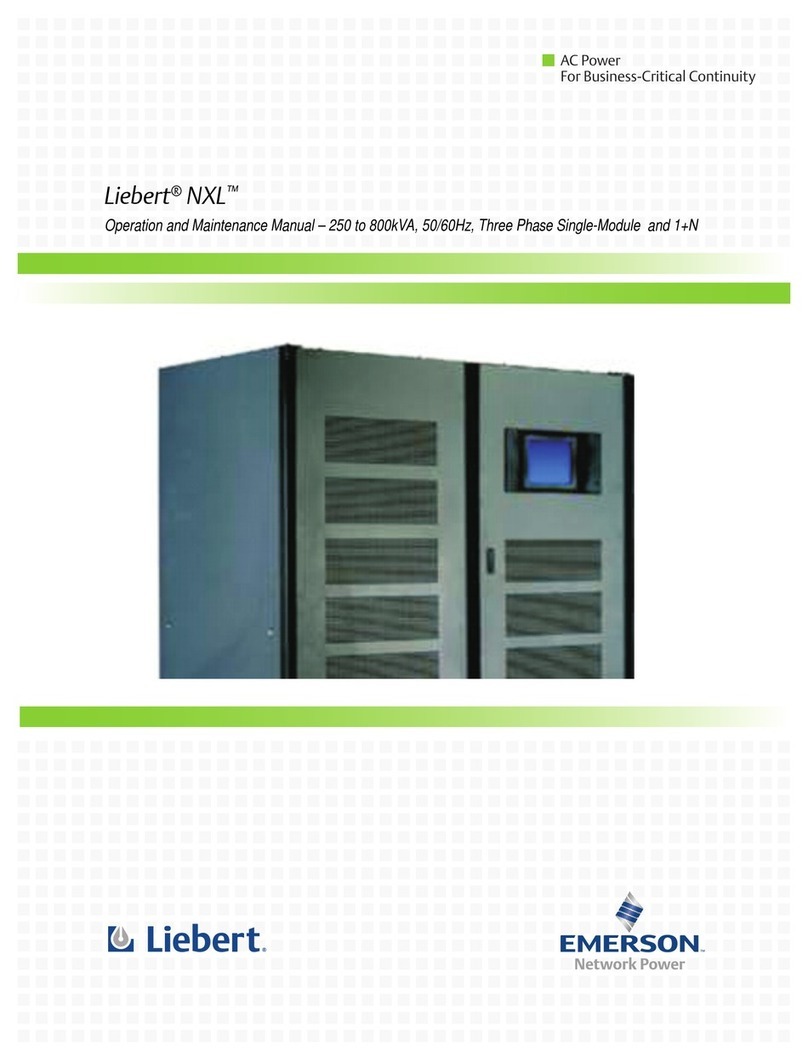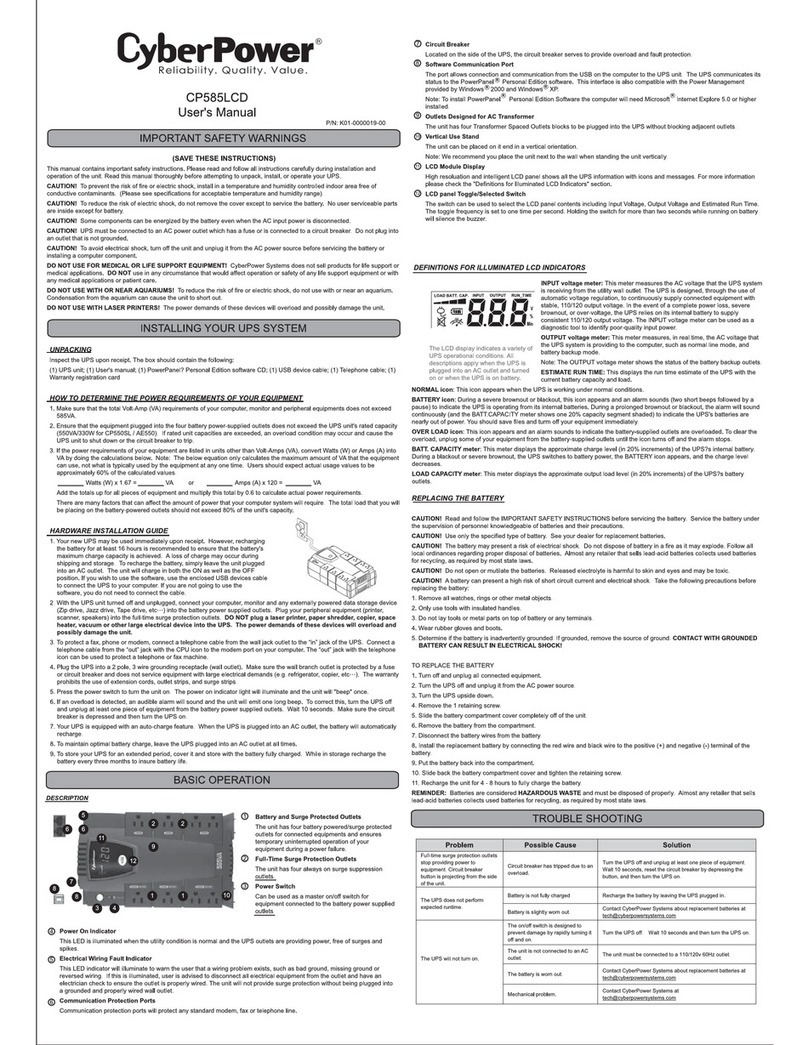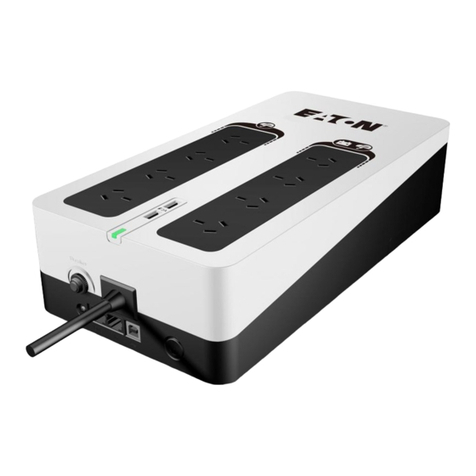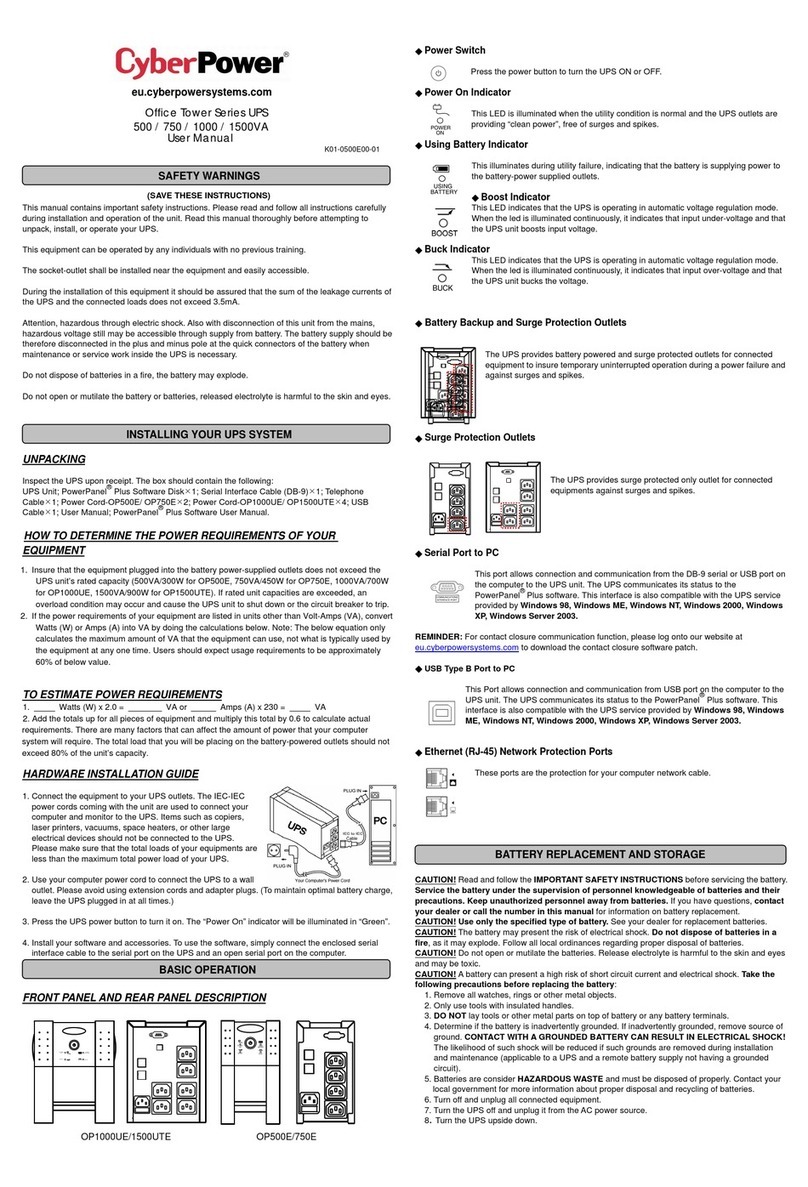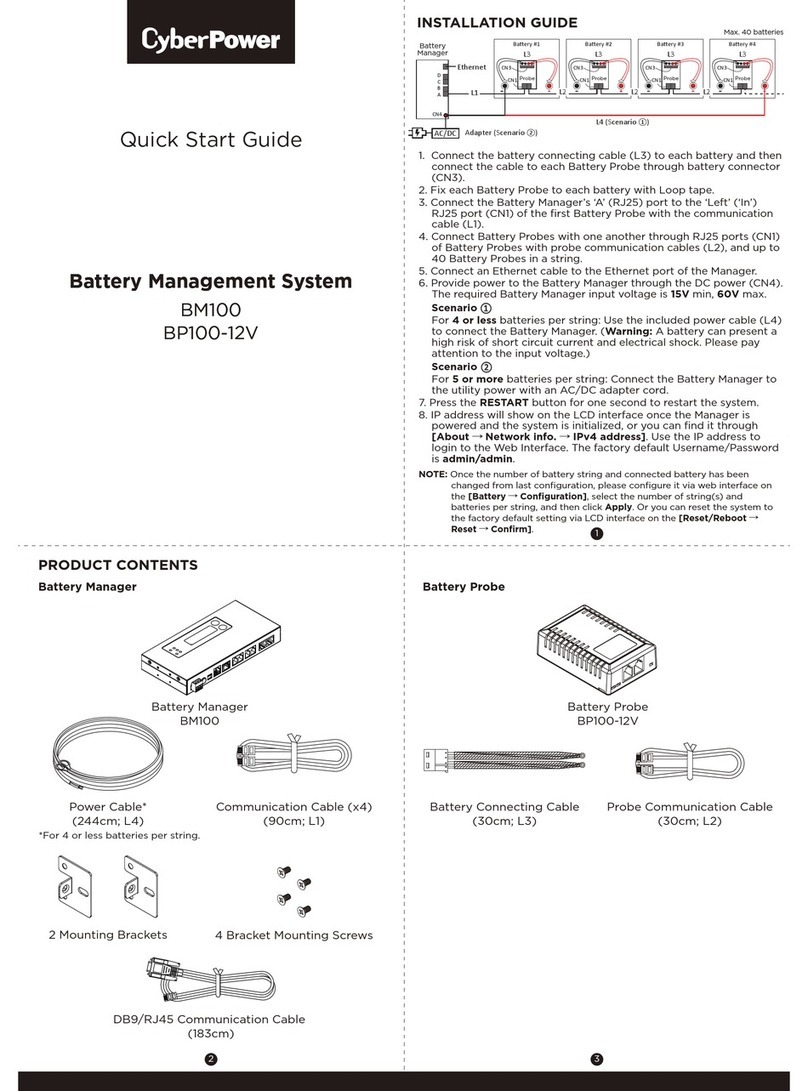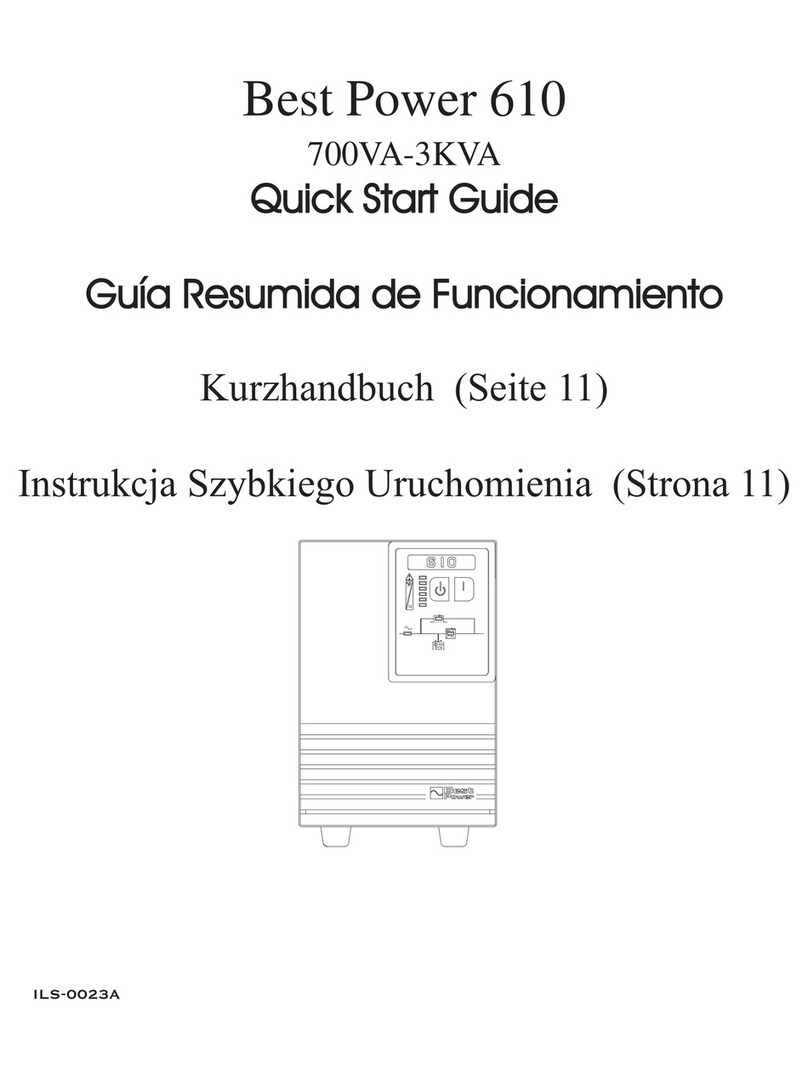BOXER SERIES 10-20 KVA CONTENTS
AG-SD-109 Publishing Date: 13.10.2015 Revision No: 0 Rev. Date:
CONTENTS
1 SAFETY and WARNINGS .........................................................................................................................................1
1.1 Warnings....................................................................................................................................................................1
1.2 Clearance and Access............................................................................................................................................2
1.3 Storage........................................................................................................................................................................2
1.4 Shipment....................................................................................................................................................................2
2 PRODUCT DESCRIPTION.............................................................................................................................................4
2.1 General Information..............................................................................................................................................9
2.1.1 Static Transfer Switch ..................................................................................................................................9
2.1.2 Battery Temperature Regulation..........................................................................................................10
2.2 UPS’s Operation Modes.....................................................................................................................................10
2.2.1 Normal (Online) Mode ..............................................................................................................................10
2.2.2 Battery (Stored) Mode ..............................................................................................................................10
2.2.3 Bypass Mode .................................................................................................................................................10
2.2.4 Automatic Restart Mode...........................................................................................................................11
2.2.5 Maintenance Mode .....................................................................................................................................11
2.3 Battery Management .........................................................................................................................................11
2.3.1 Advanced Level Functions (Automatic Battery Test) ..................................................................12
2.4 User Panel...............................................................................................................................................................13
2.4.1 Opening Screen ............................................................................................................................................15
2.4.2 Main Menu......................................................................................................................................................15
2.4.3 Navigating Through the Menus .............................................................................................................15
2.4.4 Password Protected Menus ....................................................................................................................16
2.4.5 Control Menu ................................................................................................................................................16
2.4.6 Status Menu ...................................................................................................................................................16
2.4.7 Setup Menu ....................................................................................................................................................17
2.4.8 Logging Menu................................................................................................................................................20
3 INSTALLATION.............................................................................................................................................................21
3.1 Single Module Installation ...............................................................................................................................21
3.1.1 Warnings.........................................................................................................................................................21
3.1.2 Pre-Installation Check Up ........................................................................................................................22
3.1.3 Positioning .....................................................................................................................................................22
3.1.3.1 Positioning the UPS ............................................................................................................................22
3.1.3.2 Configuration of Internal Batteries..............................................................................................23
